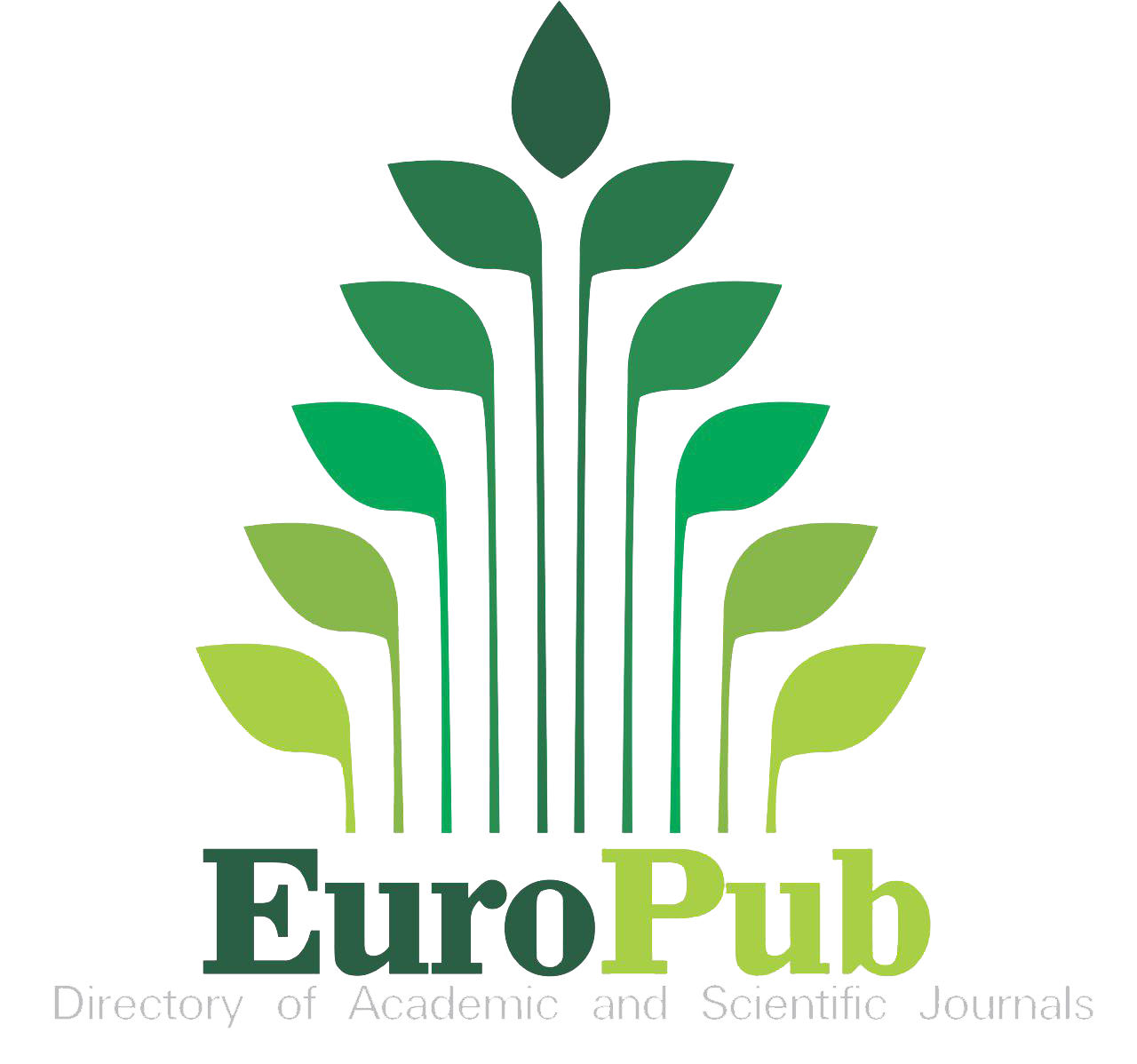Auditing Banks: relationship between issues cited in modified opinion, emphasis and KAM
DOI:
https://doi.org/10.16930/2237-766220192832Keywords:
Audit, Audit Report, Modified Opinion, Emphasis, KAM.Abstract
The purpose of this study was to verify the relationship between the topics cited as a basis for modified opinion, emphasis paragraphs and the key audit matters (KAM) in the audit work carried out in Brazilian banks. Using the content analysis technique, the reports issued by the auditors on the statements of 134 Brazilian banking institutions, from 2007 to 2016, were examined, totaling 746 reports. The results of the examinations revealed that the topics related to deferred tax assets, provisions and actuarial passive issues are directly associated among those used as basis for modified opinion, emphasis paragraph and KAM. Operational continuity is prominent for both modified opinion and emphasis, but not as KAM. Asymmetric behavior is highlighted in the most cited issues for modified opinion (leasing) and KAM (provision for losses on credit operations), which have little relevance in the other topics. The research contributes to the development of the national literature on auditing, insofar as it assesses the association between the issues that have received more attention of the independent auditors in the preparation of their reports on the Brazilian banks' statements, whether as a modification of opinion, emphasis or KAM – an approach not yet explored in the literature on the subject.References
Bardin, L. (2010). Análise de Conteúdo (4a ed.). Lisboa: Edições 70.
Basel Committee on Banking Supervision (BCBS). (2002). The relationship between banking supervisors and banks’ external auditors. Disponível em Recuperado de http://www.bis.org/publ/bcbs87.pdf
Bédard, J., Gonthier-Besacier, N., & Schatt, A. (2014). Costs and benefits of reporting Key Audit Matters in the audit report: The French experience. In International Symposium on Audit Research. Available at: http://documents. escdijon. eu/pdf/cig2014/ACTESDUCOLLOQUE/BEDARD_GONTHIER_BESACIER_SCHATT. pdf
Castro, R. L. C., Vasconcelos, J. P. B., & Dantas, J. A. (2017). Impactos das Normas Internacionais de Auditoria nos Relatórios dos Auditores sobre as Demonstrações Financeiras dos Bancos Brasileiros. Revista Ambiente Contábil, 9(1), 1-20.
Christensen, B. E., Glover, S. M., & Wolfe, C. J. (2014). Do critical audit matter paragraphs in the audit report change nonprofessional investors' decision to invest? Auditing: A Journal of Practice & Theory, 33(4), 71-93. DOI: https://doi.org/10.2308/ajpt-50793
Damascena, L. G., & Paulo, E. (2013). Pareceres de Auditoria: Um Estudo das Ressalvas e Parágrafos de Ênfase Constantes nas Demonstrações Contábeis das Companhias Abertas Brasileiras. Revista Universo Contábil, 9(3), 104-127. DOI: https://doi.org/10.4270/ruc.2013324
Dantas, J. A., & de Medeiros, O. R. (2015). Determinantes de qualidade da auditoria independente em bancos. Revista Contabilidade & Finanças, 26(67), 43-56. DOI: https://doi.org/10.1590/1808-057x201400030
Financial Reporting Council (FRC) - (2015). Extended Auditors´ Reports – A review of experience in the first year. Recuperado em 10 junho, 2018, em https://www.cafr.ro/uploads/3.%20Extended-auditors-reports-0773.pdf
Financial Reporting Council (FRC) - (2016). Extended Auditors´ Reports – A further review of experience. Recuperado em 10 junho, 2018, em https://www.frc.org.uk/getattachment/76641d68-c739-45ac-a251-cabbfd2397e0/Report-on-the-Second-Year-Experience-of-Extended-Auditors-Reports-Jan-2016.pdf
Gallo, G., & Nicolini, D. (2002). Basilea II y la fragilidad bancaria en países emergentes. Caso Peruano 1997-2000. Lima: Universidad del Pacífico.
Girotto, M. (2016). Normas do Novo Relatório do Auditor Independente são publicadas pelo CFC. Recuperado de http://cfc.org.br/noticias/normas-do-novo-relatorio-do-auditor-independente-sao-publicadas-pelo-cfc/
Gold, A., Gronewold, U., & Pott, C. (2012). The ISA 700 auditor's report and the audit expectation gap–Do explanations matter? International Journal of Auditing, 16(3), 286-307. DOI: https://doi.org/10.1111/j.1099-1123.2012.00452.x
Instituto dos Auditores Independentes do Brasil (IBRACON). (2017). A experiência da aplicação do Novo Relatório do auditor. São Paulo: Ibracon.
International Auditing and Assurance Standards Board (IAASB). (2016). More Informative Auditors´ Reports – What Audit Committees and Finance Executives Need to Know. Recuperado em 10 junho, 2018, em https://www.ifac.org/publications-resources/more-informative-auditors-reports-what-audit-committees-and-finance
International Federation of Accountants (IFAC). (2012). Apoio da IFAC a um conjunto único de normas de Auditoria: Auditorias de Entidades de Pequeno e Médio Porte. Recuperado de http://www.ibracon.com.br/downloads/pdf/policyPositionPaper_2_Final.pdf
Jensen, M. C., & Meckling, W. H. (1976). Theory of the firm: managerial behavior, agency costs and ownership structure. Journal of Financial Economics, 3(4), 305-360. DOI: https://doi.org/10.1016/0304-405X(76)90026-X
Kanagaretnam, K., Krishnan, G. V., & Lobo, G. J. (2010). An empirical analysis of auditor independence in the banking industry. The Accounting Review, 85(6), 2011-2046. DOI: https://doi.org/10.2308/accr.2010.85.6.2011
Marques, V. A., & Souza, M. K. P . (2017). Principais Assuntos de Auditoria e Opinião sobre o Risco de Descontinuidade: Uma Análise das Empresas do Ibovespa. RIC - Revista de Informação Contábil, 11(4), 1-22.
Mendonça, M. M., Costa, F. M., Galdi, F. C., & Funchal, B. (2010). O impacto da Lei Sarbanes-Oxley (SOX) na qualidade do lucro das empresas brasileiras que emitiram ADRs. Revista Contabilidade & Finanças, 21(52). DOI: https://doi.org/10.1590/S1519-70772010000100004
Murcia, D. F., Borba, J. A., & Schiehll, E. (2008). Relevância dos Red Flags na Avaliação do Risco de Fraudes nas Demonstrações Contábeis: a Percepção de Auditores Independentes Brasileiros. Revista Universo Contábil, 4(1), 25-45.
Patrocínio, E. A., Coutinho, R. S., Reina, D. R. M., & Reina, D. (2017). Relatório de Opinião dos Auditores nas Empresas do Novo Mercado: Principais Motivos de Ressalvas e de Parágrafos de Ênfase. RAGC, 5(21).
Pereira, J. M. (2006). Gestão do risco operacional: uma avaliação do novo Acordo de Capitais - Basiléia II. Revista Contemporânea de Contabilidade, 1(6), 103-124.
Pereira, F. R., Machado, N. V., & Pinheiro, L. E. (2017). Auditoria Contábil: Um estudo acerca da relação entre o relatório dos auditores e as características da empresa auditada. Anais do Congresso USP de Iniciação Científica em Contabilidade, São Paulo, Brasil, 14. DOI: https://doi.org/10.19146/pibic-2017-78642
Peres, L. J., & Peters, M. R. S. (2017). Relatório de Auditoria com modificação e a troca da administração em companhias listadas. Revista Científica Hermes, (18), 292-303. DOI: https://doi.org/10.21710/rch.v18i0.313
PricewaterhouseCoopers (PwC) (2016). Demonstrações financeiras e sinopses normativa e legislativa 2016/2017 (26a ed.). São Paulo: PricewaterhouseCoopers.
Public Company Oversight Board (PCAOB). (2002). AS 1001: Responsibilities and Functions of the Independent Auditor. Recuperado de https://pcaobus.org/Standards/Auditing/Pages/AS1001.aspx
Rocha, D. (2016). Contagem regressiva para o novo relatório de auditoria. Revista RI – Relação com Investidores, 207.
Santos, F. P. (2008). A relação entre o parecer de auditoria e a troca de auditores: uma investigação nas instituições financeiras. Dissertação de mestrado, Fundação Getúlio Vargas, Rio de Janeiro, RJ, Brasil.
Silvestre, A. O., Sprenger, K., & Kronbauer, C. A. (2016). Relatório Modificado de Auditoria : Análise Pré e Pós-Convergência aos Padrões Internacionais. Revista Catarinense da Ciência Contábil, 15(44), 75-85. DOI: https://doi.org/10.16930/2237-7662/rccc.v15n44p75-85
Spathis, C. T. (2003). Audit qualification, firm litigation, and financial information: an empirical analysis in Greece. International Journal of Auditing, 7(1), 71-85. DOI: https://doi.org/10.1111/1099-1123.00006
Published
How to Cite
Issue
Section
License
The copyright for articles published in this journal belongs to the author (s), with first publication rights assigned to Revista Catarinense da Ciência Contábil. Due to appearing in this publicly accessible journal, articles are free to use, with mandatory recognition of the original authorship and initial publication in this magazine and for educational and non-commercial applications. The magazine chose to use published works for non-commercial purposes, including the right to submit or work for publicly accessible databases. The content of published articles is the sole and exclusive responsibility of the authors. - The author (s) authorize (s) a publication of the article in the journal; - The author (s) guarantee (s) that a contribution is original and unpublished and that it is not being evaluated in another magazine (s); - A magazine is not responsible for the opinions, ideas and concepts emitted in the texts, for the full responsibility of the author (s); - It is reserved to the editors or the right to make textual adjustments and to adjust the article to the publication rules.
This work is licensed under a Creative Commons Atribuição-NãoComercial-CompartilhaIgual 4.0 Internacional.










